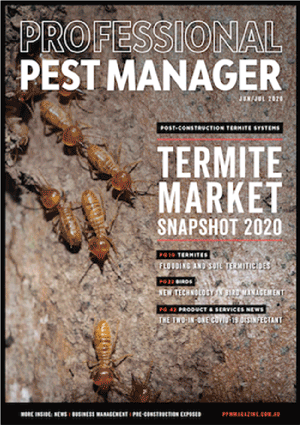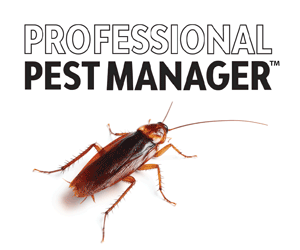A Wellington suburb is under repeated attack from Portuguese millipedes, leaving residents to call upon local pest managers for assistance.
Wellington’s Ōwhiro Bay has become home to thousands of Portuguese millipedes. According to concerned homeowners, the invasion began about five years ago and every autumn sees the arrival of millipedes in their thousands.
Attracted by the light inside people’s homes, the millipedes crawl indoors, “like something out of a horror movie” in the words of one resident. When millipede numbers are at their peak, homeowners are reporting sweeping up anything from 300-500 in a day.
Portuguese millipedes (Ommatoiulus moreletii) are native to Europe but have become established in South Australia, which is thought be the origin of the Wellington outbreak. While they may be considered a significant pest in Australia, in New Zealand no biosecurity monitoring system is in place.
Biosecurity New Zealand’s acting assistant commissioner of compliance and response, Chelsea Bridgman, suggested that concerned homeowners should opt for exclusion methods and/or chemical treatments to manage the infestation. One local pest technician, Joel Fairbrother from Bipest, reported treating six or seven properties for millipedes, using a spray insecticide.
While a spray treatment can certainly help matters, millipede management requires a comprehensive treatment plan.
Portuguese millipedes use a noxious secretion as their defence mechanism. Apart from giving off a terrible smell, the secretion will stain surfaces, skin and irritate eyes. For any millipedes that enter buildings (and sometimes this can be in large numbers!), the best option is to sweep them up carefully with a soft broom (to avoid triggering this defence mechanism). They can then be placed outside for treatment or put in a bag, sealed and placed in the bin.
To prevent Portuguese millipede problem, a standard perimeter treatment, 1 metre up the walls and 1 metre out from the walls, covering garden beds and targeted entry points, should both reduce millipede numbers and help prevent entry. However, the millipede numbers can be so high, an insecticide spray will not provide 100% protection. Physical barriers or ‘moats’ around entry points will also help prevent millipede entry to the building.
As Portuguese millipedes are attracted to lights, drawn curtains and reduced lights both inside the house and around the perimeter building will make the house less attractive. This attraction to light can also be used to create pitfall traps with light as the attractant or the placement of strong lights away from the building to act as a decoy.
Source: Millipede Invasion has Small Wellington Suburb Worried by Amy Ridout. Stuff.co.nz. April 23, 2025.


